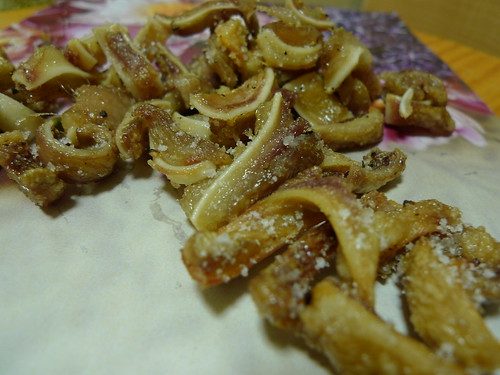11 Division Street between Catherine and Market
212/941.6888‎
$35 for two, without drinks, with tip
♥ ♥
We were in Chinatown, in our usual nursing home mood, craving soup and vegetables when I upped the ante: Should we try something new? I don’t know, man. As far as I’m concerned, everything past Bowery is cat territory. We cracked up but we crossed the street anyway. We walked by Fuleen and it was packed. With Chinese people! It must be good right? Chinese people eating Chinese food? So we walked in.
We skipped the menu and asked our elderly waiter about the pot the Chinese family next to us was devouring. Fish head stew with leeks and ginger, he said. Fish head! We’ll get that!
Trying something new, even for us, is difficult because we already know what we like in a Chinese restaurant and we never want to end up with sweet and spicy chicken with broccoli. Unless we’re with someone who speaks Chinese, we count on our usual fare: xiao long bao and fish steamed with chives from Joe’s Shanghai or dan dan noodles and smoked tofu with celery from Grand Sichuan.
The fish head was a lot of work but the flavor was all there. Every bit of meat we managed to suck and prod out was our reward for persevering. The leeks gave the dish balance and kept the ginger from being too overpowering. With a little bit of white rice and pea shoot leaves on the side, we were full and satisfied. Our waiter recognized our efforts by serving us complementary winter melon soup and a sweet jelly dessert at the end of our meal.
Crossing Bowery paid off after all. Now we wonder what else is up on the horizon.
Related post/s:
Fuleen Seafood Restaurant photos on Flickr
I love me some Wu Liang Ye for Sichuan
But Spicy & Tasty will make you happier
















